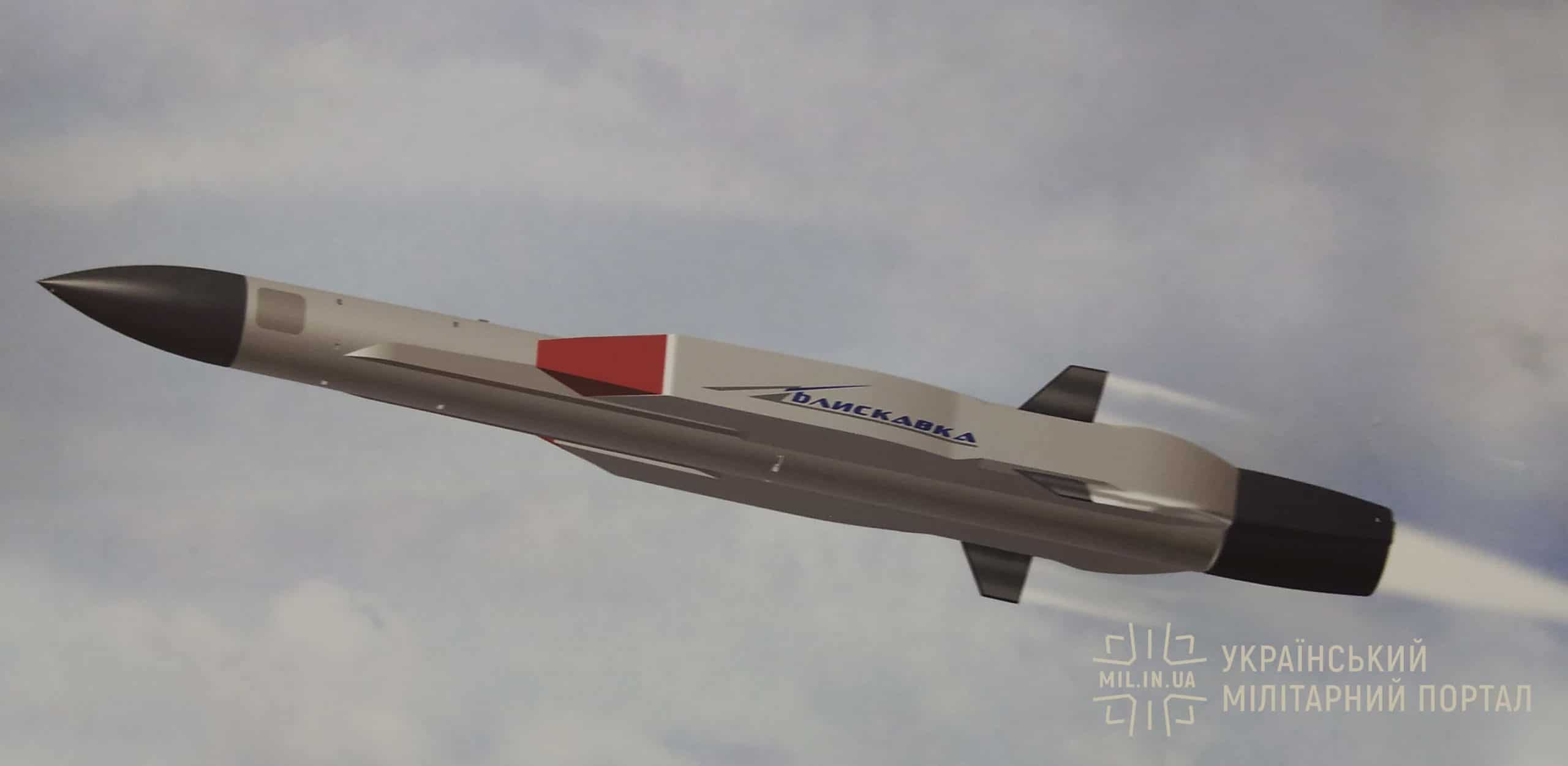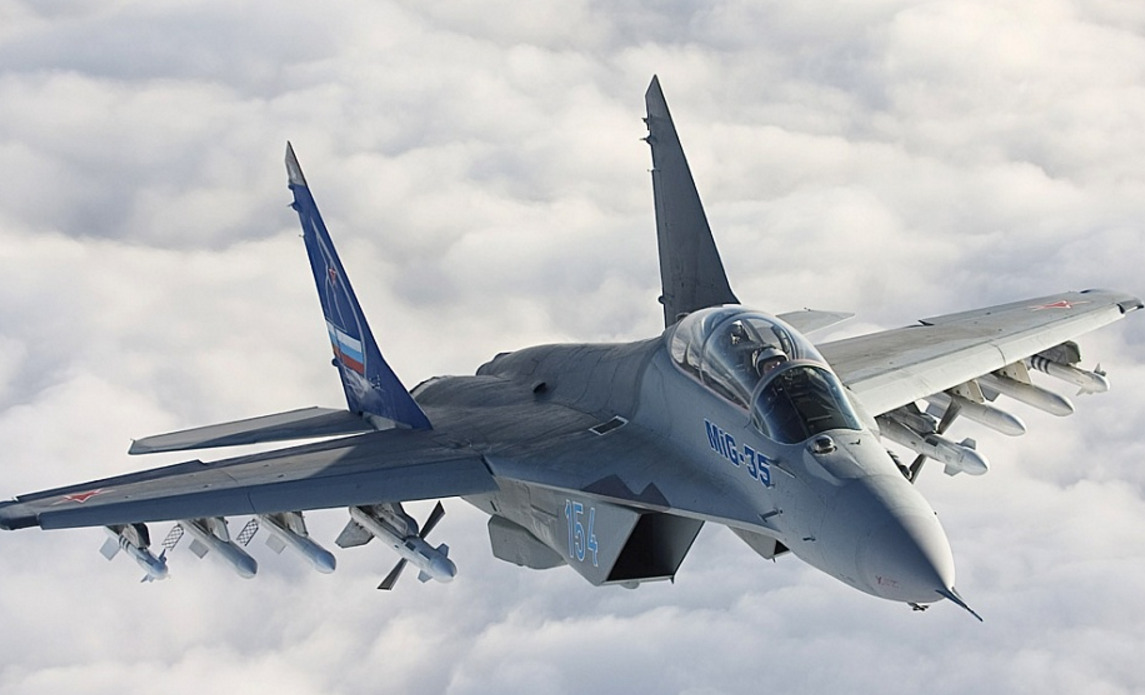2116Views 0Comments

Ukraine Unveils New Supersonic Air-to-Surface Missile Program
Ukraine’s Yuzhnoye Design Office revealed that it is developing a new supersonic-cruising air-to-surface missile (ASM) called the ‘Bliskavka’ (Lightning). It presented a scaled mock-up of the Bliskavka at Ukraine’s annual defence exhibition, Arms and Security.
Yuzhnoye did not reveal the range, total mass, or warhead mass of the Bliskavka. However, it did disclose to the media that the Bliskavka will be able to cruise at a speed of Mach 3.5, and have a longer range than the Russian Kh-31, which can reach up to 110 km according to Rosoboronexport.
One of Yuzhnoye’s core design objectives with the Bliskavka is to ensure that Ukraine’s existing aircraft – notably its Su-24s and Su-27s – require minimal modifications to carry the new missile. Thus, it would not be surprising if the Bliskavka’s total mass is in the range of 1,000 to 1,500 kg, which would enable the Su-24 to carry at least one of these missiles alongside other equipment (e.g., fuel tanks).
According to IHS Jane’s, Yuzhnoye is developing three variants of the Bliskavka:
- An anti-ship variant with an active radar-homing (ARH) seeker;
- An anti-air defence version with a passive anti-radiation seeker;
- And a precision air-to-surface version with an electro-optical (EO) seeker.
Notes & Comments:
The Bliskavka ASM is the result of the Ukraine’s commitment in 2017 to develop a new and wide range of armaments, including cruise missiles.
In 2018, the State Kyiv Design Bureau (DKBB) “Lunch” test-fired its “Neptune” subsonic anti-ship cruise missile (ASCM), which it cleared for induction in April 2019.
Ukraine is also developing a new generation short-range ballistic missile (SRBM) designated the Hrim-2, which is though to be analogous solution to the Russian Iskander SRBM.
In terms of its weapons development programs, one of Ukraine’s goals has been to secure as many foreign partners to help fund and develop its projects.
In 2018, for example, UkrOboronProm and Pakistan agreed to discuss “terms and conditions for launching joint Ukrainian-Pakistani production of precision rockets of different classes,” with an intent to “begin joint research and development work in the coming months.”
With Pakistan developing a supersonic missile for its navy, it reaching out to Ukraine for support with ramjet and other critical inputs for such a system would not be surprising. Moreover, the Bliskavka could also draw interest from the Pakistan Air Force for both its supersonic-cruising capability and its versatility as an anti-ship, anti-air defence, and ground attack missile.


